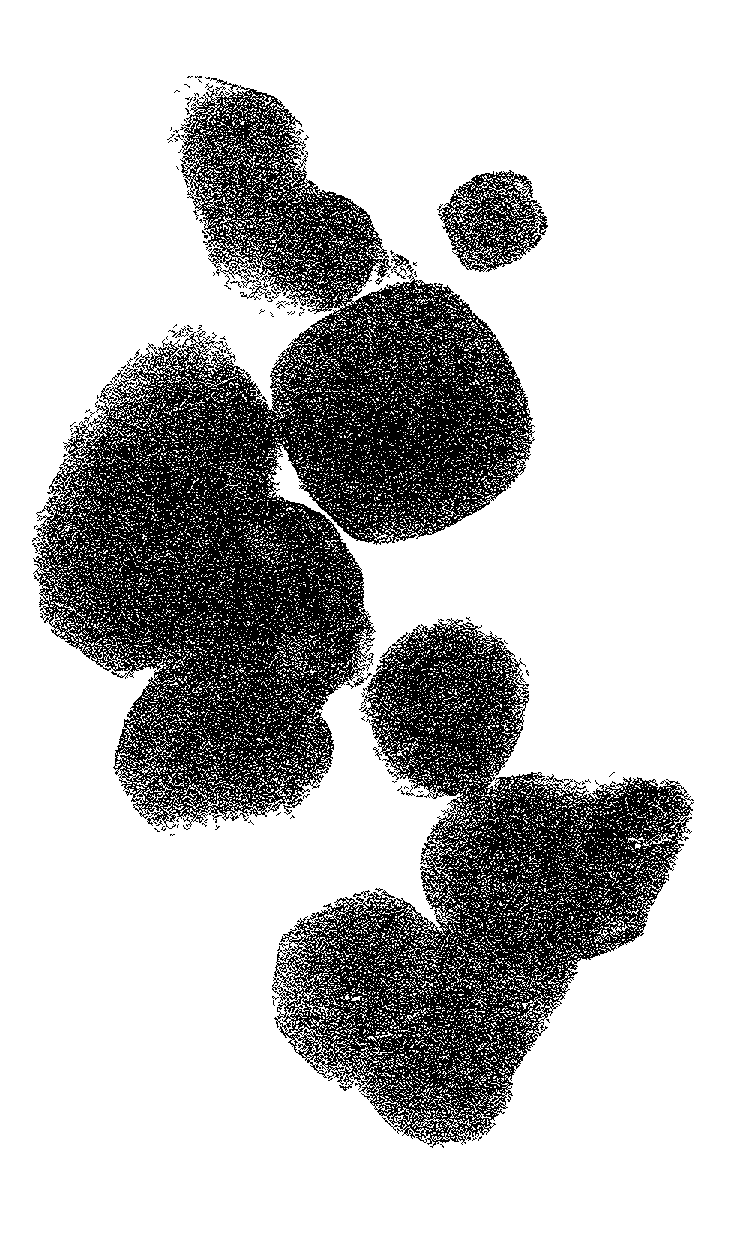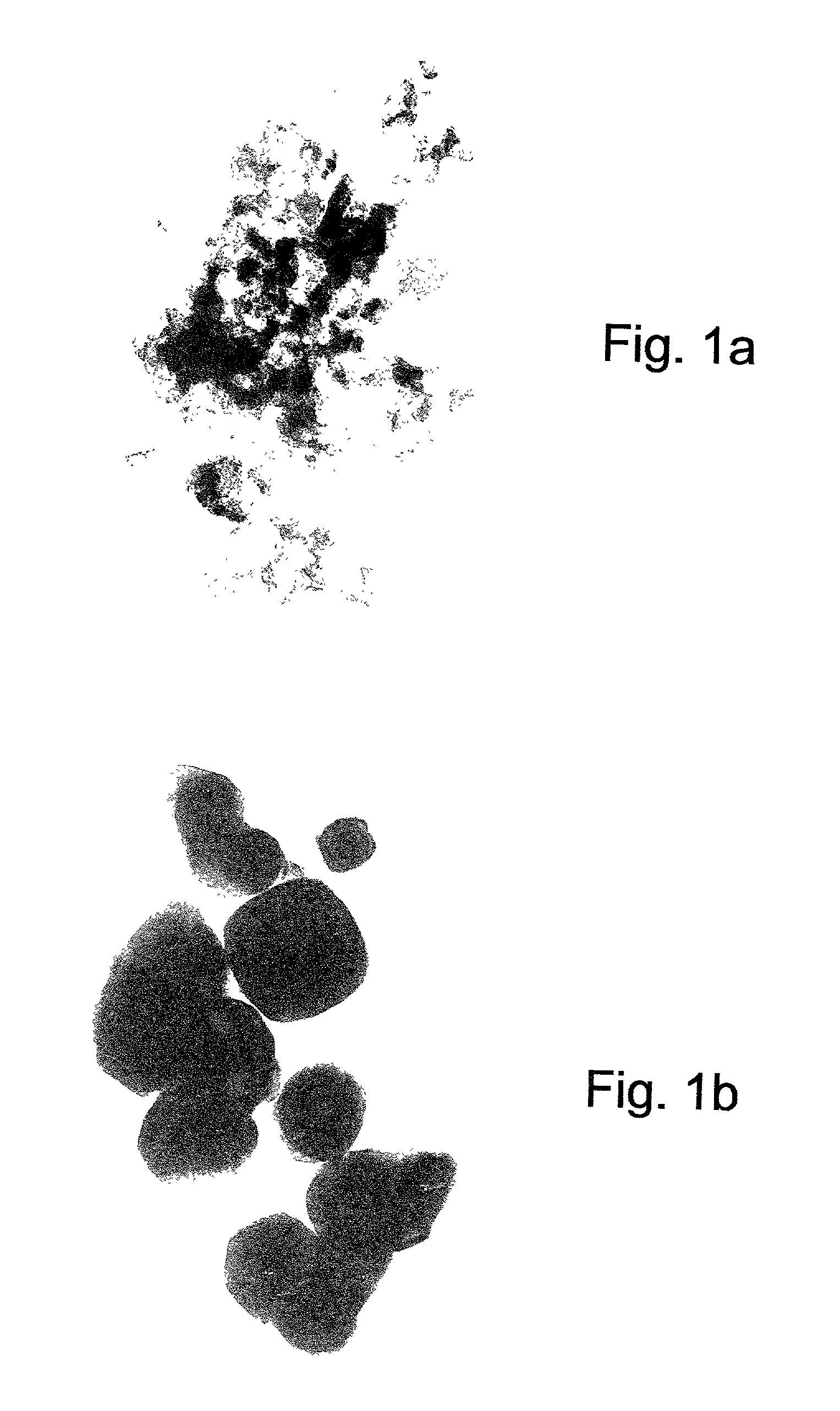Nanoscale metal particles and method of preparing same
a metal particle and nano-scale technology, applied in the field of nano-scale metal particles, can solve the problems of limited sonolysis process, less effective, limited sonolysis process,
- Summary
- Abstract
- Description
- Claims
- Application Information
AI Technical Summary
Problems solved by technology
Method used
Image
Examples
Embodiment Construction
[0111] Reference is now made to the following examples, which together with the above descriptions illustrate the invention in a non limiting fashion.
Materials and Methods
[0112] Diphenylmethane (DPhM) (>99%, Fluka) and Fe(CO).sub.5 (99.5%, Strem Chemicals) were used without additional purification.
[0113] Sonication was performed in a 100-ml spherical glass reactor, using "Sonics and Materials" ultrasonic device (at working frequency of 20 kHz and maximum electric output power of 600 Watts), equipped with a titanium horn (irradiative surface area 1 cm.sup.2) which was immersed reproducibly below the surface of the sonicated liquid. The sonicated solutions were bubbled with an argon flow of 100 ml / minute for 15 minutes before the sonication process and were further bubbled during sonication. The absorbed acoustic power, P.sub.ac, measured by the thermal probe method [11] was found to be equal to 0.45 Watt / ml. The macroscopic temperature during sonication was kept at 30.degree. C. usin...
PUM
| Property | Measurement | Unit |
|---|---|---|
| particle size | aaaaa | aaaaa |
| particle size | aaaaa | aaaaa |
| temperature | aaaaa | aaaaa |
Abstract
Description
Claims
Application Information
 Login to View More
Login to View More - R&D
- Intellectual Property
- Life Sciences
- Materials
- Tech Scout
- Unparalleled Data Quality
- Higher Quality Content
- 60% Fewer Hallucinations
Browse by: Latest US Patents, China's latest patents, Technical Efficacy Thesaurus, Application Domain, Technology Topic, Popular Technical Reports.
© 2025 PatSnap. All rights reserved.Legal|Privacy policy|Modern Slavery Act Transparency Statement|Sitemap|About US| Contact US: help@patsnap.com



